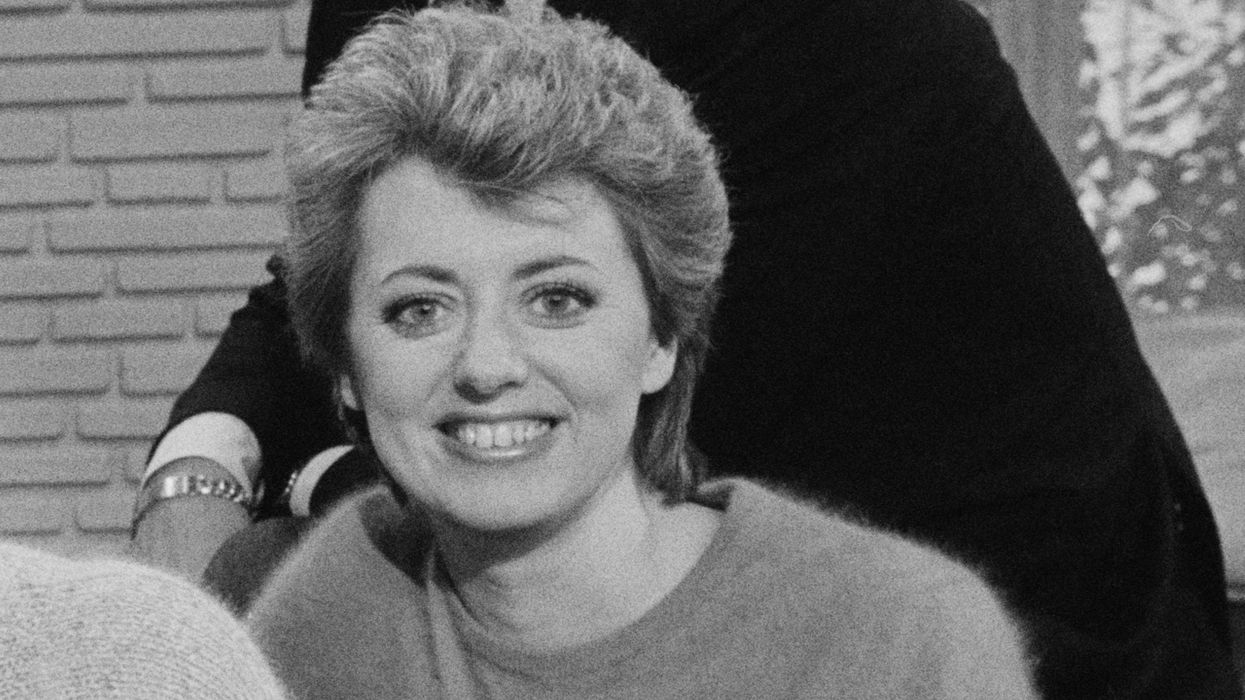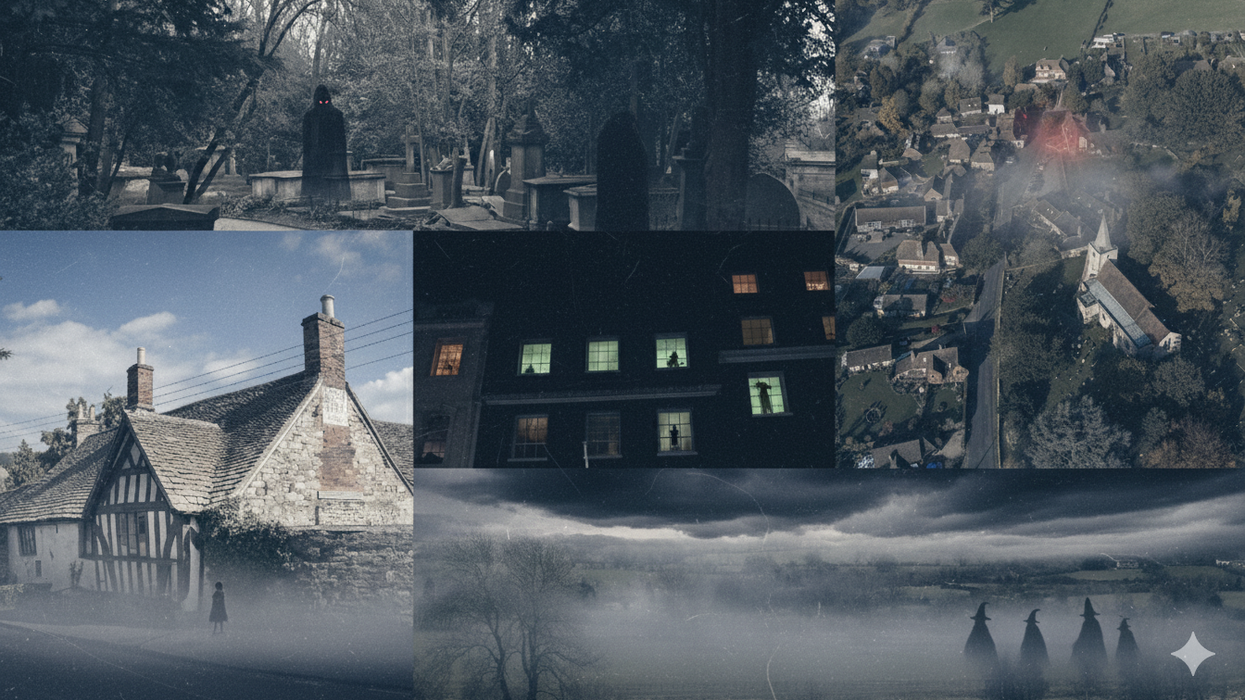Wincey Willis, a well-known face on British television during the 1980s and a pioneer of breakfast TV presenting, has died aged 76. Her death occurred on 19 December 2024, but was only recently announced.
Born Florence Winsome Leighton in Gateshead on 8 August 1948, she became widely recognised during her time on Good Morning Britain, the flagship programme of ITV’s TV-am. With her vibrant personality, distinctive mullet hairstyle, and energetic presence, she played a pivotal role in helping revive the struggling breakfast channel in the early 1980s.
Rise to television fame
Wincey Willis began her media career in local radio, working at Radio Tees (now Hits Radio) in the North East from 1975. There, she was involved in the station's record library and promotions department before moving into broadcasting. She co-presented a Saturday morning show alongside Les Ross and made her television debut in the early 1980s with Tyne Tees Television.
Her breakthrough came in 1983 when TV-am, struggling with low ratings after its launch, underwent a major overhaul under the leadership of Greg Dyke. Willis was recommended to Dyke by his deputy Clive Jones, who had seen her weather presenting on regional television. She was soon recruited to replace David Philpott as the weekday weather presenter on Good Morning Britain.
Willis quickly became a standout figure. Her approachable on-screen manner, humorous delivery, and stylish knitwear — which prompted viewers to send her hand-knitted jumpers — made her popular with the audience. She often said, “I’m not a meteorologist, but a presenter,” emphasising her role in making weather accessible to a broad audience.
During this period, she became one of several new faces associated with the successful relaunch of Good Morning Britain, which saw a shift to a more relaxed and entertainment-focused format. The revamped show featured Anne Diamond and Nick Owen as presenters, fitness segments with “Mad Lizzie” Webb, and entertainment with the puppet Roland Rat. Ratings improved rapidly, overtaking the BBC’s Breakfast Time within months.
Beyond the weather
While she was best known as a “weather girl”, Willis’s television career went beyond meteorology. In 1983, she fronted a segment called Wincey and Friends, showcasing some of her 80-plus pets, many of which had disabilities. The slot highlighted her deep interest in animal welfare. She also presented Christmas hampers to unsung heroes in a seasonal segment that reinforced her connection with viewers.
Willis was a passionate advocate for animals and conservation throughout her life. In 1986, she published a book, It’s Raining Cats and Dogs, a collection of animal anecdotes, and even devised a board game called The Weather Game, which was marketed by Waddingtons.
- YouTube YouTube / Tvam Archive
From 1984 to 1989, she served as the adjudicator on Channel 4’s popular game show Treasure Hunt, which starred Anneka Rice. Her role added to her national recognition, as she provided the authoritative voice verifying clues and progress.
In 1987, she left TV-am following a reported disagreement with management over her role. Managing director Bruce Gyngell had insisted she only present weather segments, limiting her wider participation in the programme.
Later career and conservation work
After stepping back from television, Willis pursued her passion for nature and conservation. She worked on turtle conservation projects in Greece and became involved with a worm composting firm, Wiggly Wigglers. She returned briefly to television with a wildlife segment on Tyne Tees Weekend in 1993 and later transitioned to regional radio.
Willis hosted shows on BBC Coventry & Warwickshire between 2006 and 2009, and later presented The Big Day Out on BBC Hereford & Worcester from 2010 to 2012.
She was diagnosed with fronto-temporal dementia in 2015 and subsequently moved back to the North East, where she lived in Sunderland until her death.
Personal life
Willis was adopted as a baby by Florence and Thomas Dimmock and raised in Hartlepool in a strict Baptist household. She took her nickname from the nursery rhyme “Incey Wincey Spider,” which became a lifelong moniker. After leaving Hartlepool High School for Girls, she studied in Strasbourg and worked as a travel courier and music rep before entering broadcasting.
Her 1972 marriage to Malcolm Willis ended in divorce. She lived for many years in a converted railway station near Barnard Castle, sharing her home with an assortment of animals including dogs, cats, rabbits, tropical birds, fish, and even a giant terrapin.
Wincey Willis blazed a trail for female presenters on breakfast television and left a lasting legacy in both broadcasting and animal advocacy. She is remembered not just for her work in front of the camera, but for her lifelong commitment to the welfare of animals and nature.
Wincey Willis, born 8 August 1948, died 19 December 2024














